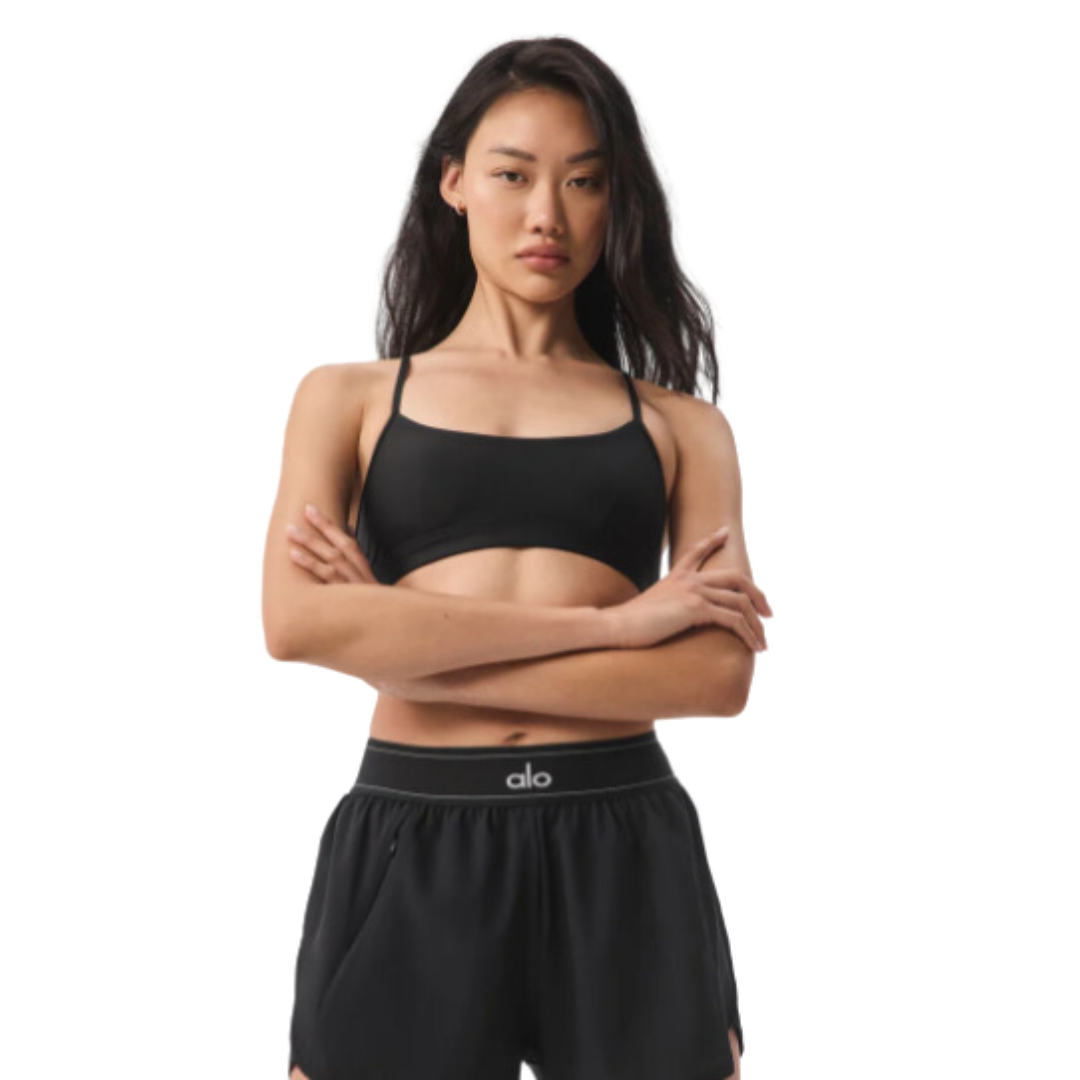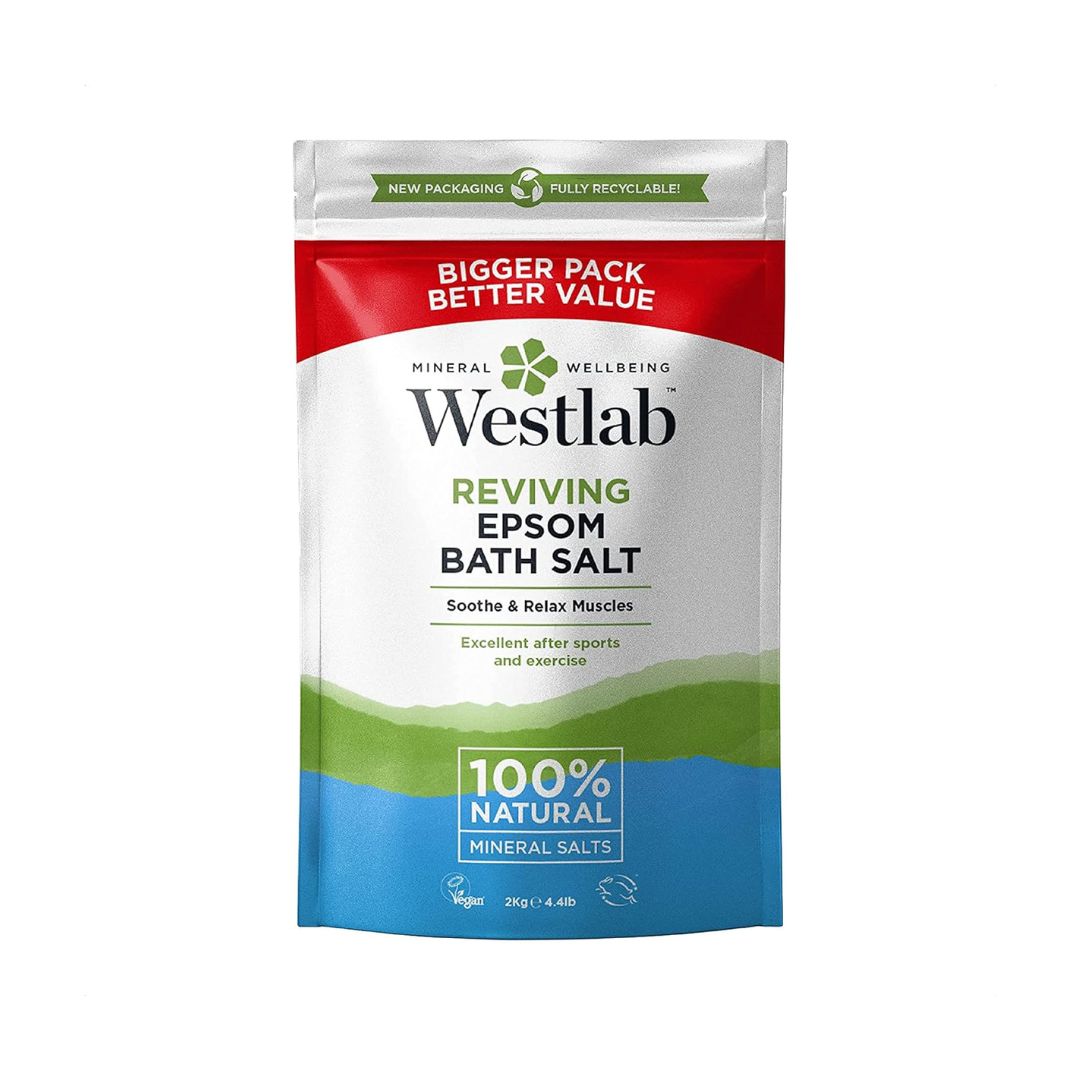I tried Pilates core moves every day to boost my tone, strength and flexibility - and saw so much progress
Keen to give it a try?

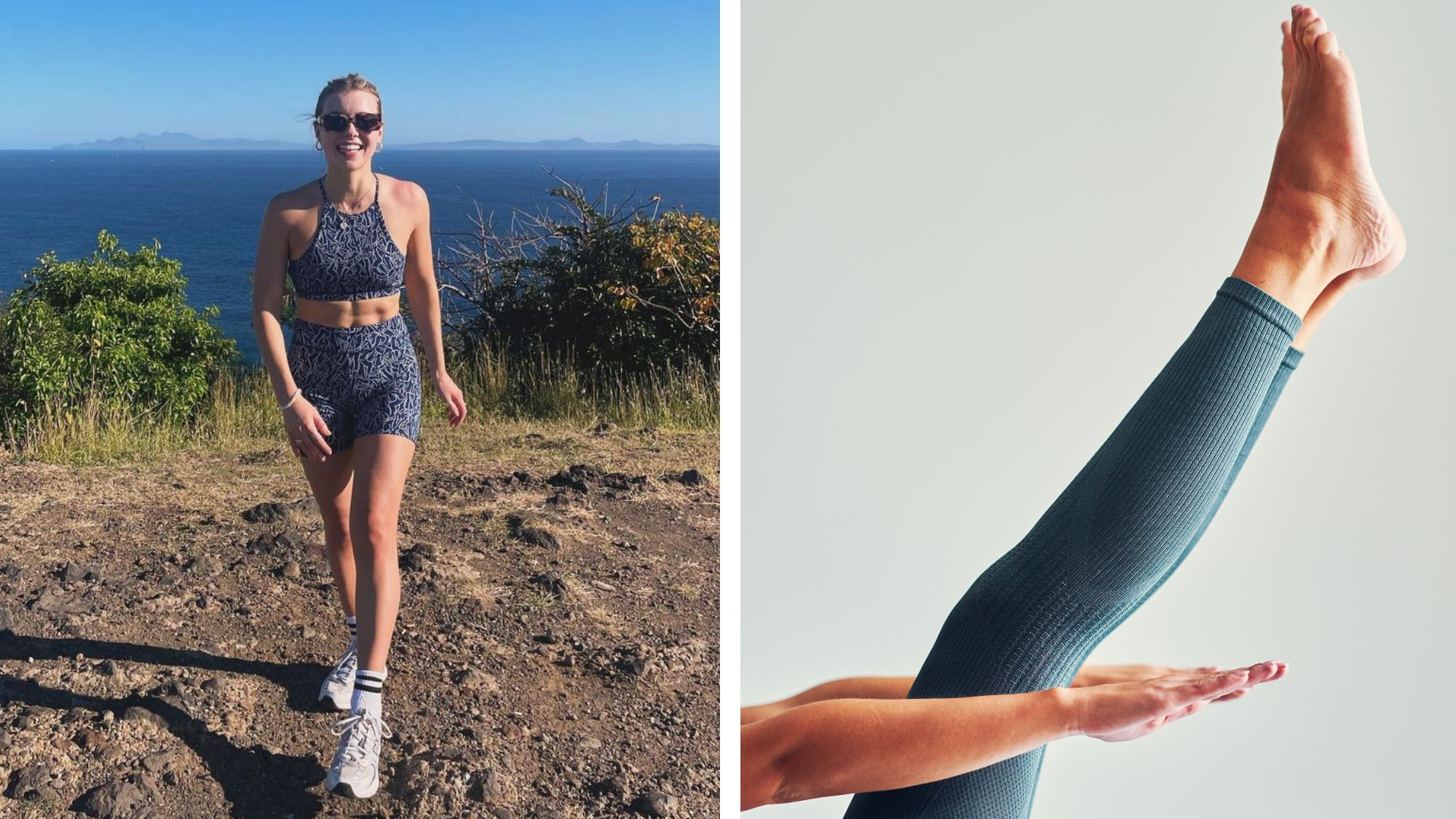
We all know that Pilates is the workout du jour. But whichever trending style you love - from Reformer Pilates to at-home Pilates workouts - you'll know that Pilates core moves make up a huge tenet of the workout.
One reason for that is that Pilates was initially developed as a form of rehab by Joseph Pilates. Centering became one of his six key principles for the movement style - at the time called contrology - and it was all about engaging, controlling and strengthening the core. Pilates called the core the "powerhouse," believing it was where all energy begins, which is why keeping it strong was such a vital step to improving overall fitness.
"Pilates has a strong focus on the strength and endurance of the deeper core muscles that contribute to spinal and pelvic strength and control, predominantly the transversus abdominis, pelvic floor and deep spinal back muscles amongst others,' explains physiotherapist and founder of CoreLDN, Claire Mills. "As well as this, Pilates moves target the global muscle slings that work across the pelvis and body, the anterior, posterior, longitudinal and lateral slings. This means that Pilates strengthens the core from the inside out and the centre of the body, that is the pelvis, from which all movement in the body stems."
I'm a Health Editor and fitness trainer who has been strength training for ten years and running for over a year, so I'd say my core is pretty strong. But I'm always keen to advance my functional strength and, right now, I'm looking to support my body post-injury (I've had a micro-fracture on my fifth metatarsal and gluteal tendonitis). I thought that Pilates core moves would be a great way to go, so I asked Mills to recommend her favourite exercises to add to my routine.
If you're looking for more Pilates moves to try, read our guide to the best Pilates exercises for beginners, wall Pilates and Pilates moves, to boot.
I've heard great things about Pilates core exercises - so gave them a go
How can I improve my core strength?
First things first - I was keen to pick Mills' brains on how exactly she'd advise building core strength. "To improve core strength alongside running and strength training, I would aim to target the deep core muscles and abdominals alongside the global muscle system," she explains. "Improving the endurance and control of these muscles in varying positions and postures will ultimately improve your performance."
In layman's terms, that essentially means building all of your core muscles, including your obliques, not just the more traditionally worked-on muscle groups. And having a strong core is crucial for overall wellbeing because? Well, the expert explains that all-around core strength not only improves overall strength, muscle tone, posture and more, but quality of life, too.
Celebrity news, beauty, fashion advice, and fascinating features, delivered straight to your inbox!
What Pilates core moves did a coach recommend?
She shares that the below exercises target all of these areas and are some of her go-to's. That said, bear in mind that the below moves are just a general guide, and you should always be assessed by the coach, physio or personal trainer before giving a new workout routine a go. Bottom line: this isn't a prescription and should be adapted to suit your personal fitness level, targets, and needs.
1. Double table top overhead arms
Why? "The aim of this move is to target the endurance of your deep abdominals, plus challenge your bigger global ab control, both of which are essential for core strength and core stability," says Mills.
How? Lie on your back in the double tabletop position. Keeping your spine in neutral, exhale as you reach your arms up overhead as far as you can keeping your back on the mat and your legs in double table top. To deepen this exercise, place a Pilates ball between your knees and a weight (or weights) in your hands + squeeze the ball as your arms go overhead.
How long? Aim for two to three rounds of 45 seconds.
2. Dead bug
Why? "This is effective to target all the abs and working on control across the midline and anterior muscles slings across the pelvis," says Mills.
How? Lie on your back in double table top. Exhale as you lengthen out through the opposite arm and leg, as low as you can control cueing your deep abdominals and pelvic floor and ensuring your back does not arch away from the mat. Inhale to return and repeat alternating sides.
How long? Aim for two to three rounds of 45 seconds.
3. Criss cross
Why? "This is another abdominal and core exercise and one that is a challenge to do slowly and with control whilst breathing. This exercise targets your obliques whilst having to maintain control in your deep, upper and lower abdominals," says Mills.
How? Lying on your back, keep stable at the centre and curl up so your shoulder blades are off the mat. Exhale as you rotate your upper body and shoulder across to your opposite hip as the other leg extends out. Inhale back to the centre without lowering out of your curl-up, then change sides.
How long? Aim for two to three rounds of 45 seconds.
4. Bird dog
Why? "This is a great exercise to work the whole body. The focus is to keep control of the back and pelvis as you move the limbs," says Mills.
How? From all fours, engage the abdominals and extend one leg and the opposite arm straight. Lift them off the floor without moving the hips or midsection, then lower back down. For an added challenge, do it with the stationary knee hovered off the floor.
How long? Aim for two to three rounds of 45 seconds.
5. Bear hold
Why? "This exercise challenges your deep and lower abdominals making your abs support your spine against gravity," says Mills.
How? Start in a four-point box position with your hips over your knees and shoulders over your wrists. Exhale to engage your deep abdominals and pelvic floor and hover your knees up off the mat keeping your back neutral. Inhale to hold, exhale to lower with control. You should feel the lift come from your lower abs.
How long? Aim for two to three rounds of 45 seconds.
6. Side plank (on forearm and knees)
Why? "A nice challenge for all of the lateral line and a challenge to control your strength in the shoulders, abdominals and hips," says Mills.
How? On your forearm, exhale as you lift up into a modified side plank using your shoulder strength, waist and hips. For more of a challenge hold the side plank, then do leg lifts with the top leg.
How long? Aim for two to three rounds of 45 seconds.
How to do Pilates core exercises: your guide
When it comes to reps and intensity of Pilates core moves, Mills says it depends on how frequently you want to be doing the workout.
As I plan on taking on a daily challenge, Mills advises: "If you're doing daily workouts, you should not be training your muscles to extreme fatigue or exhaustion as it could increase risk of injury." Instead, she recommends a good core workout three times a week that takes you to failure, or performing lower-level Pilates exercises daily for ten minutes to focus on your deeper core muscles. "These muscles should be working subconsciously for you when you go about your day-to-day life, so learning to recruit them by doing low-level deep core work daily might actually be a good thing."
Given I was planning on training every day, I went for the latter option, meaning no "burning" or fatigue but controlled and gentle reps to activate and utilise my core muscles.
"I did Pilates core moves every day - and felt so much progression"
Day 1
For my first day of the challenge, I decided to compile the moves into a core finisher at the end of my usual strength training workout that included compound exercises like squats and overhead press.
This turned out to be a mistake: by the end of my workout, my core had already been working hard to assist my lifts and everything already felt 'activated', meaning my abs didn't feel like they had a lot left to give the Pilates session.
That aside, I like the variation of these Pilates core moves. There was a nice balance between dynamic movements that challenged my coordination and isometric exercises where the only goal was to hold still. Variation isn't only good for improving multiple elements of our fitness but is also a vital way to starve off boredom during workouts. So, by the end, I not only felt like my core had worked hard but I also enjoyed the session.
The Pilates core moves also gave me a good indication of where my weaknesses lie. Surprisingly, I found I struggled more with the isolation movements, such as the side plank and dead bug that targeted smaller areas of my core, than the compound core moves that worked the area as a whole.
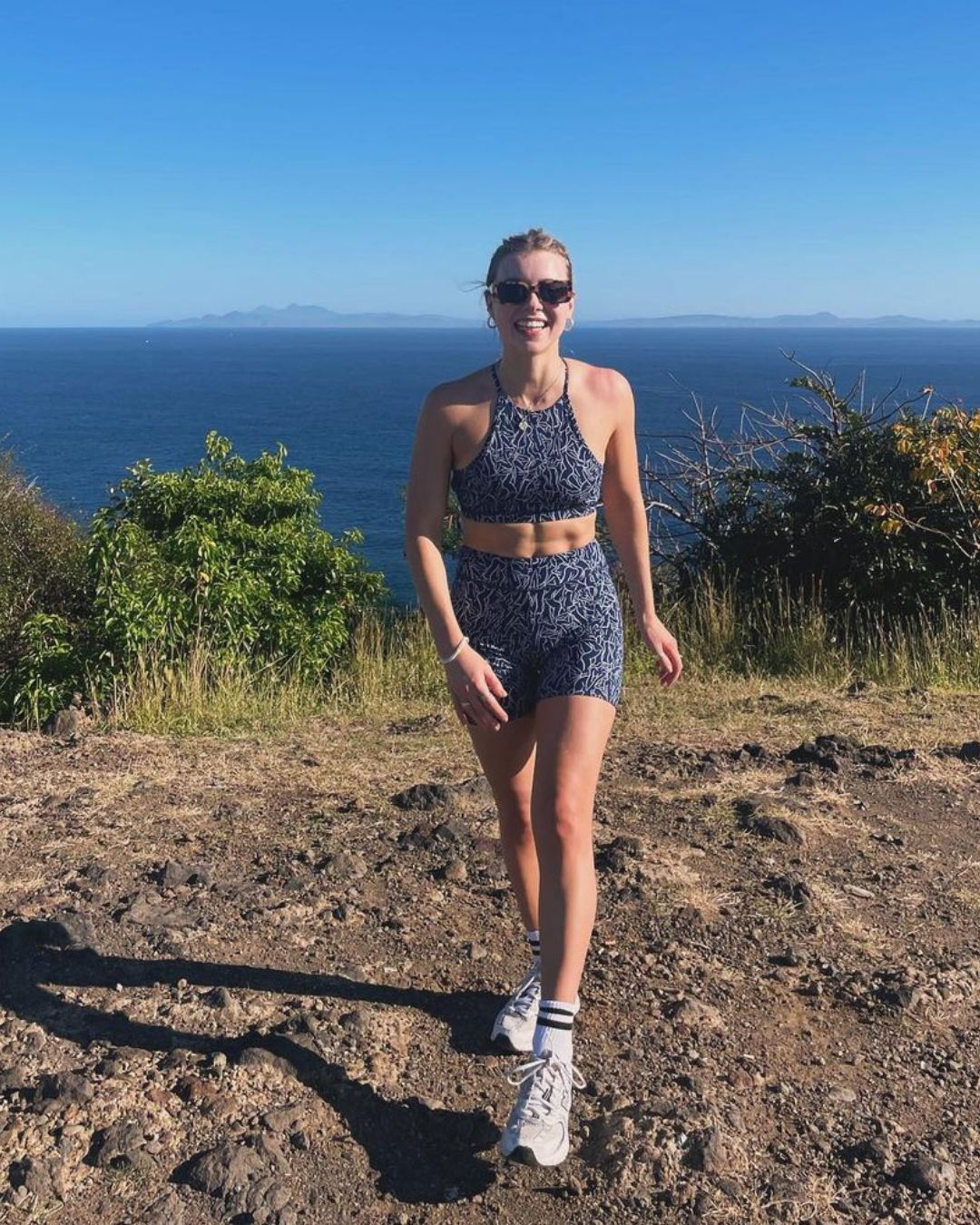
Chloe during her Pilates core move challenge
Days 2-6
Now I've learned my lesson about core activation timing, I add my Pilates core moves to my pre-workout routine. As Mills said, this can help me activate my deep core muscles which, in turn, should help the rest of my workout performance. On rest days, I do the workout first thing in the morning.
Initially, I notice that I can squeeze out more reps while performing the Pilates core workout before any other type of training (though it's still a challenge). And, in my training sessions - which vary from runs to strength training and full-body Pilates workouts - I find myself thinking more about my core. In squats, I'm not forgetting to draw my belly button into my spine and when leg-lifting in Pilates I'm conscious of pulling up through my waist. This is likely due to the mind-muscle pathway: having already spent time thinking about my abs during the warm up, I'm able to better recruit them in the workout.
I do struggle with muscle soreness after a couple of the workouts, and the following day I take the intensity of my ab training down even further so as to not overdo it.
A photo posted by graychlo on
Day 7
It's the final day of my challenge. While I don't necessarily think I've become stronger during this challenge (I haven't noticed a significant increase in the number of reps or time I can hold the positions), I wasn't expecting huge strength gains after just one week of exercise. Instead, I've progressed in other ways: developing my mind-muscle connection and activation skills, making me better at utilising my deep core to improve my form and posture.
I've also learned that core activation is a really vital part of my workout prep, and the challenge has highlighted weaknesses in my core that I am excited to focus on with ongoing Pilates core moves and other stabilising and strengthening exercises for long-term health. While I won't be continuing with a daily Pilates core moves challenge, I'll definitely be using these moves at least three times a week before I complete my main workouts.
So, can Pilates core moves really benefit you? My answer is absolutely.
Shop MC UK approved workout kit now:
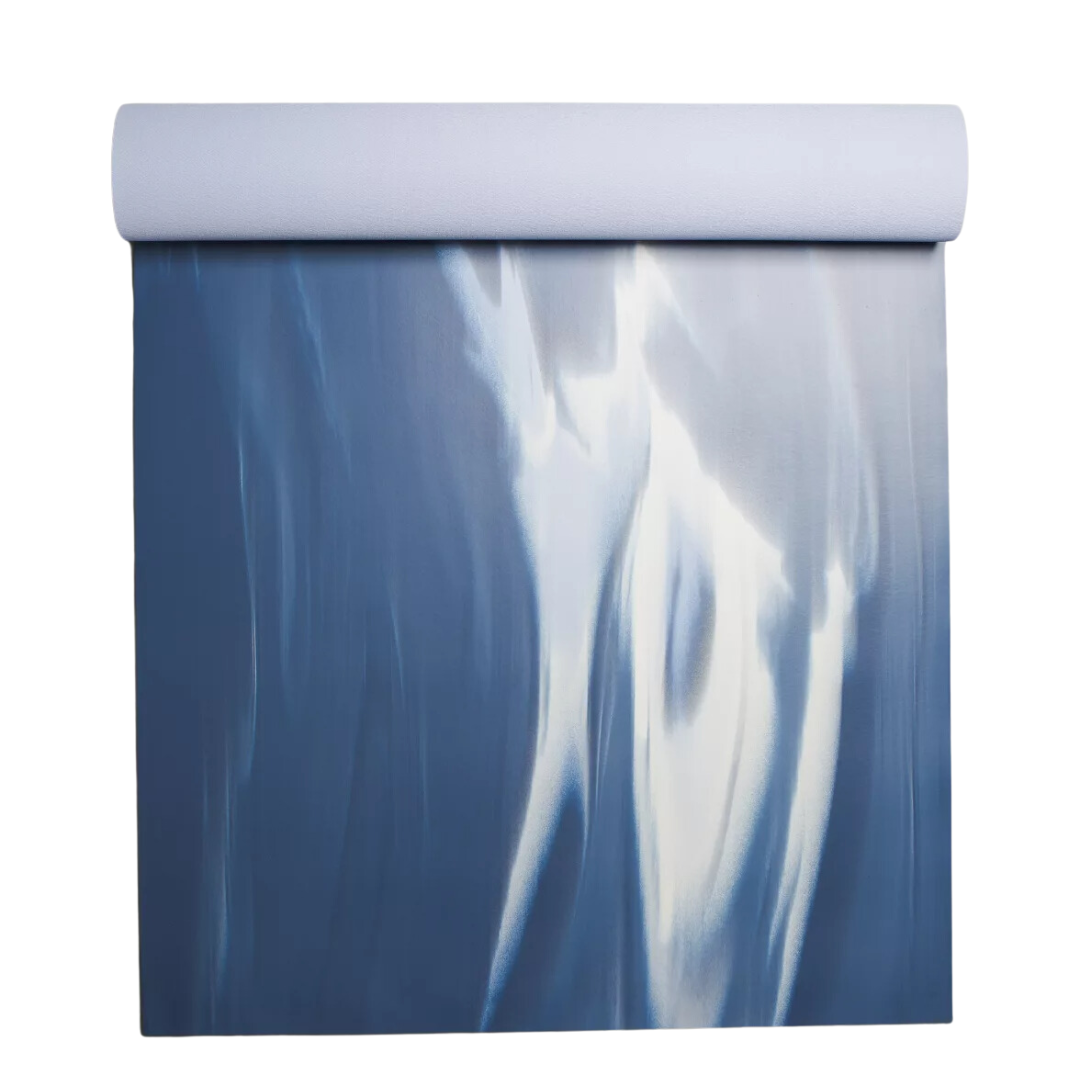
I use this mat for *every* home workout or pre-workout warm up I do. It's totally non-slip, is super soft beneath me when I'm doing lying core exercises and looks great, too. There's a reason it makes our edit of the best exercise mats, after all...

Chloe Gray is a freelance journalist who writes and talks about health, fitness, and wellbeing through a feminist lens. She was part of the launch team for Stylist magazine's fitness brand, Strong Women, and has written for i news, Women's Health, Red magazine, Good Housekeeping, Refinery29, and more. She's all about building mental and physical strength, eating delicious food that fuels you well, and making the fitness industry more accessible and enjoyable. She's also a qualified fitness trainer and research nerd, so you can be sure everything you read is backed by proper science.






